May 4, 2024 | 14:03 GMT +7
May 4, 2024 | 14:03 GMT +7
Hotline: 0913.378.918
May 4, 2024 | 14:03 GMT +7
Hotline: 0913.378.918

An industrial shrimp farm in Ba Ria - Vung Tau. Photo: Thanh Son.
The EU is one of the largest markets for Vietnamese seafood, but the proportion of Vietnamese seafood in this market is still modest. Having many advantages, Vietnamese seafood sector can export more to the EU in the coming time.
According to Mr. Le Hoang Tai, Deputy Director of the Department of Trade Promotion (under the Ministry of Industry and Trade), the EU is one of the five largest seafood export markets of Vietnam. Among Asian countries and teritories, Vietnam is the second largest seafood supplier to the EU, just behind China.
In 2021, Vietnam's seafood exports to the EU market reached over US$ 1 billion. Exports increased to most EU member countries. It is a positive result in the first year that Vietnam implements the EVFTA, when businesses have made good use of the preferential regulations brought by this Agreement.
The 5 presently largest seafood export markets of Vietnam in the EU are the Netherlands, Germany, Belgium, Italy and France. These 5 markets account for 72% of the total seafood export value to the EU. In terms of export products in 2021, exports of all major Vietnamese seafood products to the EU grew positively, except pangasius (tra fish).
In the last year, the export of shellfish to the EU market increased sharply by 37%, reaching US$ 87 million, in which clam products had a very impressive export growth, up to 42% and reached US$ 78 million in revenue. Clams have become the fourth largest seafood products to the EU market in terms of export value. In which, the three largest markets for Vietnamese clam are Spain, Italy and Portugal, increase by 38 - 44%.

Vietnamese clam exports to the EU increased sharply in 2021. Photo: Thanh Son.
“The EU is always among the three largest markets for Vietnamese seafood. In the past 10 years, seafood export turnover to the EU fluctuates between US$ 1 and 1.5 billion each year. In which, shrimp and pangasius account for 65 - 67%, seafood accounts for 33 - 35%,” Ms. Le Hang, Deputy Director of VASEP.PRO Center says.
After the Covid-19 pandemic, seafood demand in the EU recovered in 2021 and continues to increase strongly in 2022. Making good use of tariff incentives under the EVFTA has helped Vietnam's seafood exports to the EU flourishing again.
In the first quarter of this year, seafood exports to the EU reached over US$ 298 million, up more than 58% over the same period of last year. In which, export turnover grew by 2 to 3 digits in most of the markets in the bloc. Export of two main products, shrimp and pangasius, increased sharply between 66% and 86%.
The EU is the leading market for Vietnamese seafood, but in the total seafood import turnover of the EU, Vietnamese seafood still accounts for a small proportion. In the last 10 years, Vietnamese seafood accounts for about 2.6 - 2.8% of the EU's total seafood imports.
According to Ms. Le Hang, although it is facing many difficulties and big challenges such as IUU yellow card, high sea freight, etc., Vietnam still has great potential to boost seafood exports to the EU.
First of all, Vietnam has an abundant source of seafood raw materials for export processing, and is capable of meeting orders with large volumes.
Vietnam has millions of hectares of water surface, including salt water, brackish water, and fresh water, to develop aquaculture with many species for farming, farming methods. Aquaculture is capable in most provinces across the country.
Over the past 10 years, Vietnam's seafood production has increased year by year, from 4.9 million tons in 2009 to 8.7 million tons in 2021, of which production from aquaculture accounts for 55%.
The seafood processing industry has continuously developed over the years. Most seafood processing and export enterprises are private enterprises, so they can be proactive in investing for sustainable development in both quantity and quality, thereby maintaining the international competitiveness of the their businesses and the seafood industry.
The number of seafood processing factories meeting European standards is increasing. Currently, there are nearly 1,000 factories from large to small scale that have been granted export codes to Europe. Factories with high processing technology can produce many different types of products, especially deep-processed products, meeting many market segments.
The quality of Vietnamese seafood is recognized worldwide for meeting the regulations of difficult markets. The Vietnamese government, the seafood industry and businesses are increasingly concerned with meeting the requirements of food safety, environment and social responsibility. More and more factories have HACCP certification, farming areas have sustainable certifications such as ASC, GlobalGAP, etc. Besides, Vietnam's seafood industry also has the advantage of labor resources, a team of professional, dynamic processing enterprises.
Translated by Duc Thuan
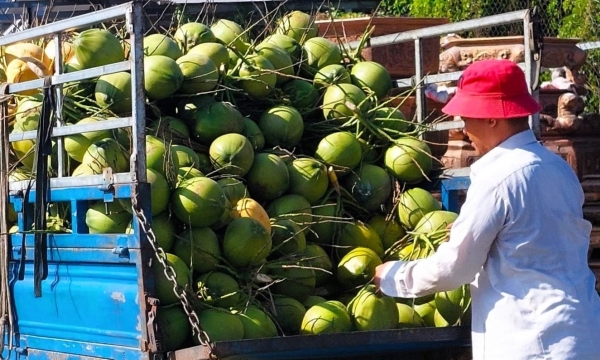
(VAN) Ben Tre strives to reach 20,000 hectares of organic coconut in the whole province by 2025 and promotes fresh coconut exports to the US market.
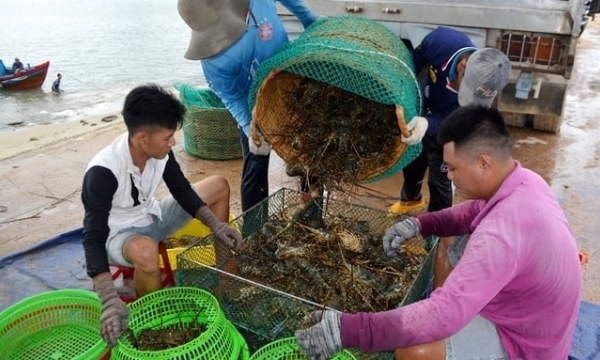
(VAN) Enterprises, cooperatives, and shrimp farmers in Phu Yen are supported and guided towards exporting lobsters through official channels to China.
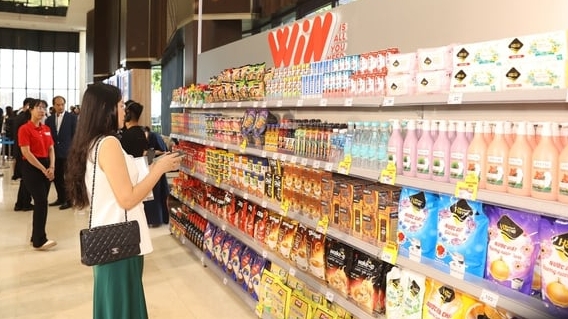
(VAN) According to the 'Go Global' strategy, Masan Consumer aims to achieve 10-20% of revenue from the global market, bringing Vietnamese brands to the world.
/2024/05/03/3424-2-112655_930.jpg)
(VAN) According to Dr. Pham Anh Tuan, one of the current difficulties that needs to be resolved for Vietnam's marine farming to accelerate its development is the output market problem.
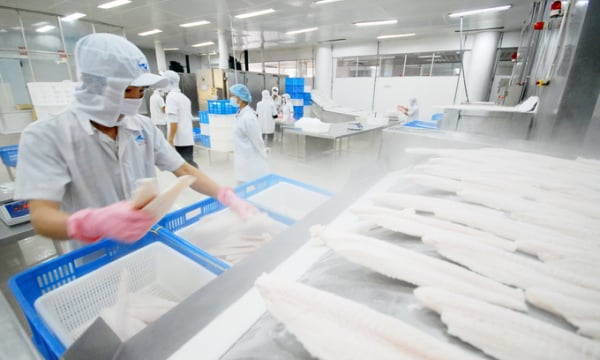
(VAN) In the first quarter of 2024, Vietnam surpassed Japan, moving from the position of the 6th largest seafood exporting partner to Singapore to the 5th position for the first time.
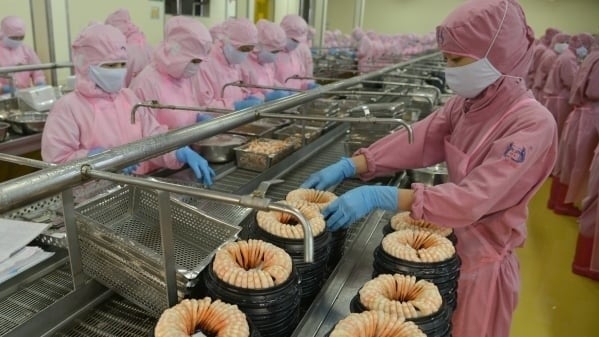
(VAN) Export turnover is estimated to reach 123.64 billion USD in the first four months of 2024, marking an increase of 15% compared to 2023. Notably, agricultural exports constituted over 13.64 billion USD.
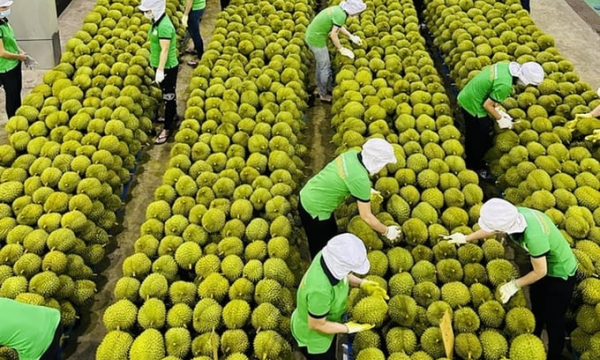
(VAN) Vietnam's vegetable and fruit exports exceeded 1 billion USD for the first time at the start of the year.